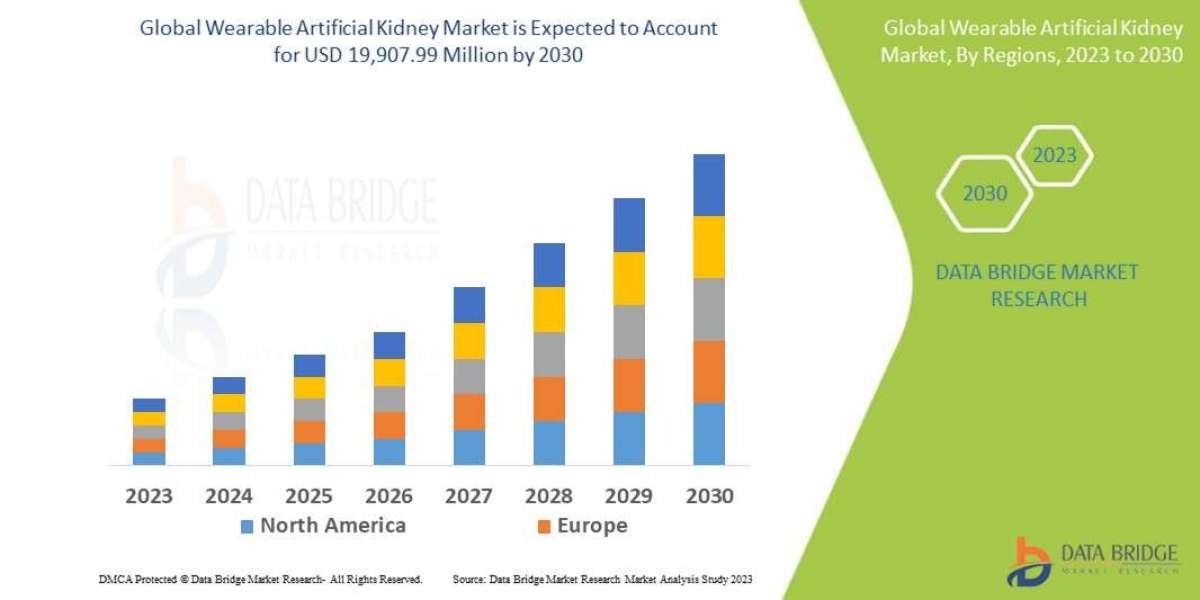Water is the lifeblood of industry, playing an essential role in manufacturing, energy production, and processing. Yet, as industries expand and environmental concerns grow, the need for smarter, more sustainable water management solutions becomes more urgent. The rise of smart water innovations is revolutionizing how industries monitor, manage, and utilize water resources, making operations more efficient and environmentally responsible.
The Need for Smarter Water Management
Traditional industrial water management has been riddled with inefficiencies, leading to excessive consumption, high costs, and environmental damage. Industries today face multiple challenges:
Aging Infrastructure: Many facilities still rely on outdated water systems prone to leaks and inefficiencies, resulting in water loss and operational disruptions.
Environmental Regulations: Stricter policies demand precise monitoring and control over water usage and wastewater discharge.
Resource Scarcity: With freshwater resources depleting, industries must optimize consumption and explore alternative water sources.
To tackle these challenges, industries are turning to advanced technologies that enhance water efficiency and sustainability.
Real-Time Monitoring and Industrial Wastewater Management
One of the most transformative innovations in industrial water management is real-time monitoring. This technology uses a network of sensors and advanced data analytics to provide continuous insights into water quality, usage patterns, and system performance.
Key Benefits:
Immediate Detection of Issues: Real-time data helps identify leaks, contamination, and equipment malfunctions, allowing industries to take swift corrective action.
Regulatory Compliance: Continuous monitoring ensures industries meet environmental regulations by maintaining water quality standards and providing accurate reporting.
Optimized Water Use: Data-driven insights enable industries to reduce waste, lower operational costs, and enhance efficiency.
Industries dealing with wastewater have particularly benefited from real-time monitoring. Advanced sensor technology and automation have improved industrial wastewater monitoring, helping businesses detect pollutants, measure water levels, and prevent system failures before they escalate into costly problems.
Artificial Intelligence and Nanotechnology in Water Management
The fusion of Artificial Intelligence (AI) and nanotechnology is pushing water management to new heights. AI-driven systems analyze vast amounts of data to detect inefficiencies, predict maintenance needs, and optimize water use. Meanwhile, nanotechnology is revolutionizing water treatment and filtration.
Applications in Industry:
Advanced Filtration Systems: Nanomaterials, such as graphene and carbon nanotubes, enable high-efficiency filtration, removing contaminants at the molecular level.
Predictive Maintenance: AI algorithms process data from sensors to predict system failures, allowing proactive maintenance and reducing downtime.
Water Quality Control: AI-driven systems can detect even the slightest changes in water quality, ensuring early responses to potential contamination.
These technologies not only improve efficiency but also contribute to significant cost savings and environmental protection.
Autonomous Water Monitoring Systems
Autonomous monitoring systems, such as floating drones and robotic sensors, are changing how industries manage wastewater and water quality. These systems can analyze water in real-time, providing detailed insights into contamination levels, flow rates, and infrastructure conditions.
By replacing traditional manual inspections with automated monitoring, industries can reduce labor costs, improve safety, and ensure more accurate data collection. These systems are particularly valuable in industries where wastewater treatment is a critical component of daily operations.
The Role of IoT in Water Management
The Internet of Things (IoT) is playing a key role in industrial water management by connecting smart devices that collect, analyze, and transmit data in real time. IoT-driven water management systems help industries achieve:
Comprehensive Data Collection: Sensors continuously track parameters like pressure, temperature, and chemical composition, providing a complete picture of water usage.
Remote Monitoring and Control: Operators can oversee and adjust water systems remotely, reducing response time and operational disruptions.
Energy Efficiency: Smart water systems optimize energy use by adjusting operations based on real-time conditions, reducing overall consumption.
With IoT integration, industries can move towards a more connected and efficient water management strategy that minimizes waste and maximizes sustainability.
Challenges and the Future of Smart Water Innovations
Despite the clear benefits of smart water technologies, some challenges remain:
High Initial Costs: Implementing advanced monitoring systems requires significant investment, which can be a barrier for some industries.
Data Management Complexity: Handling large amounts of real-time data demands strong data processing and security capabilities.
Workforce Training: Operating and maintaining smart water systems requires skilled professionals who can interpret data and optimize performance.
However, ongoing advancements in technology are gradually addressing these challenges. With increased adoption, costs are expected to decrease, making these innovations more accessible. As industries become more conscious of their environmental footprint, smart water solutions will continue to play a vital role in driving sustainability.
Conclusion
Smart water innovations are transforming industrial operations, making them more efficient, cost-effective, and sustainable. From real-time monitoring to AI-driven water management and IoT integration, industries now have the tools to optimize water use and reduce waste. As technology advances, the synergy between innovation and water management will continue shaping the future of industry, ensuring long-term sustainability and environmental responsibility.



